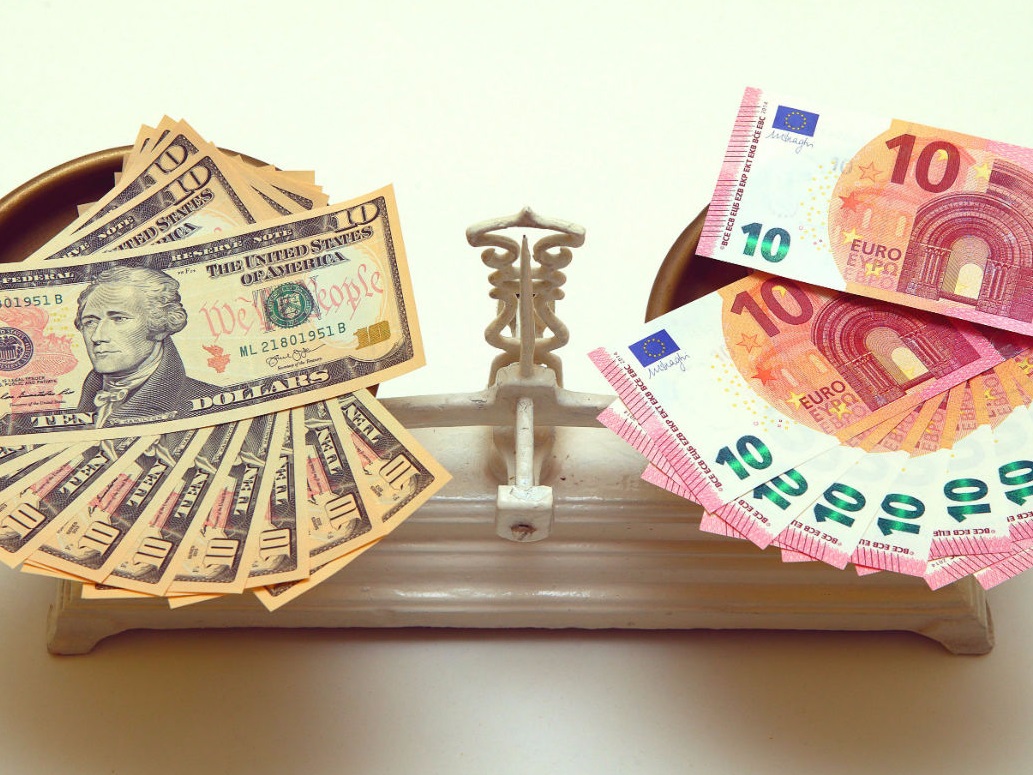The euro is on course to hit parity with the dollar for the first time in more than 14 years, helping the eurozone maintain its recovery by making exports more competitive.
Europe has not been doing well. Just this year, GDP per capita for the eurozone as a whole finally returned to pre-crisis levels. It is claiming victory in Spain—even though unemployment remains near 20% and youth unemployment is more than twice that—simply because things are better today than they have been since the euro crisis began a half decade ago, news outlets reported.
Greece remains in a severe depression. Growth for the eurozone over the past year has been an anemic 1.6%, and that number is twice the average growth rate from 2005 to 2015. Historians are already speaking of the eurozone’s lost decade, and it’s possible they’ll soon be writing about its last decade, too.
The euro was introduced in 2002, but the cracks in the single currency arrangement, which began in 1999, became evident with the 2008 global financial crisis. Economists had predicted that the test of the euro would occur when the region faced a shock, and Europe was unlucky in facing such a big shock coming from across the Atlantic so soon after its creation.
By 2010, the euro crisis had become full blown, with interest rates on the sovereign debt of the “periphery”—Greece, Spain, Ireland, and Portugal—soaring to unheard-of levels. But a closer look at the Eurozone shows imbalances building up from the very beginning—with money rushing into the periphery countries in the misguided belief that eliminating exchange rate risk had somehow eliminated all risk, Fortune reported.
Higher US Interest Rate
Over two-thirds of the 28 experts polled said the dollar would attain the same value as the euro during the course of 2017, buoyed by higher US interest rates, in accordance with incoming president Donald Trump’s plans to shift from monetary to fiscal stimulus.
The economists expressed relative confidence that after a year of upsets—including Trump’s election and Britain’s vote to leave the EU—the eurozone would avoid major shocks.
But they were also worried about Trump’s policies once in office and what they saw as low-probability, high-risk, possibilities, such as a victory for the far-right Marine Le Pen in France’s presidential elections next year.
Throughout 2016, the single currency has lost some 4% against the dollar, with many market participants expecting further weakness as US interest rates head upwards.
Most economists polled said the US central bank would raise rates at least twice next year after a 25 basis point increase this month.
Meanwhile, the euro rose on Friday, briefly climbing more than two US cents against the dollar in Asian trading hours, as market participants awaited further details of Trump’s economic policies.
The euro was at $1.053 after briefly rising to as high as $1.070. The euro was at $1.049 late Thursday in New York.
Lending Rises
Lending to households and companies picked up in November in the eurozone, the European Central Bank said on Thursday, signaling that its efforts to encourage spending and investment are gaining traction.
Loans to households in the single currency area grew by 1.9% year-on-year, compared to 1.8% a month earlier, the bank said. Lending to firms accelerated by 2.2%, up from 2.1% in October.
IHS Markit economist Howard Archer described the figures as "a pleasing set of news for the ECB". "The ECB will particularly welcome a pick-up in the growth rate in eurozone bank lending to businesses to a more than five-year high in November," he said.
The ECB has embarked on an unprecedented stimulus program to drive up lending and inflation in the eurozone, and the monthly loan growth statistics are seen as a key indicator of the effectiveness of its measures.


